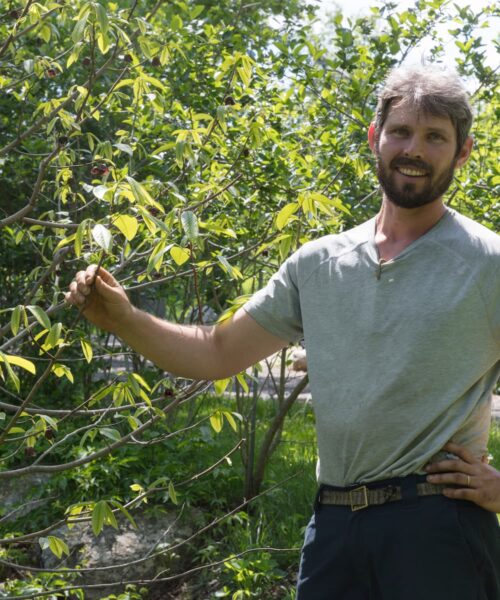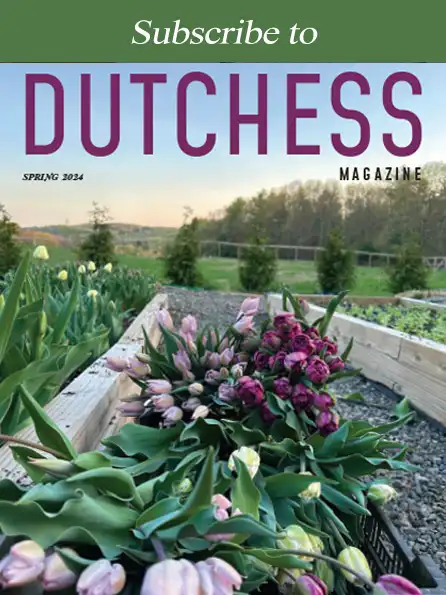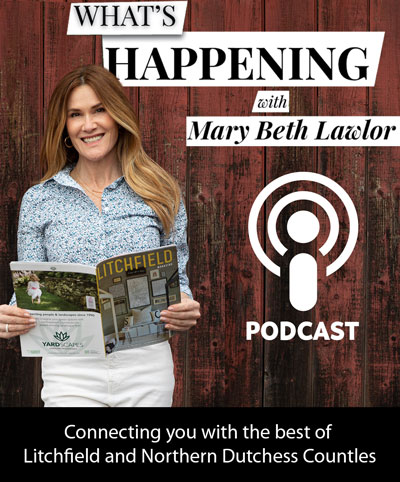By Daniel Furman
Connecticut is a challenging environment to grow fruit. All the more to do so organically in the home orchard. Our winters are normally long and cold. Due to climate change, the winter we experienced this year, mild with sudden bouts of arctic cold, may become the norm. Both scenarios can damage the buds on many different types of fruit trees. When spring finally arrives, so does the humidity and insects. Rarely is the damage caused cosmetic only; often pests and diseases conspire to ruin a harvest of apples, pears, and peaches which has not been treated with a combination of insecticides and fungicides. It’s important to recall that all of our most commonly consumed tree fruits are not native to New England, let alone North America. They can hardly be expected to have evolved to withstand the climate and environment in which we now plant them.
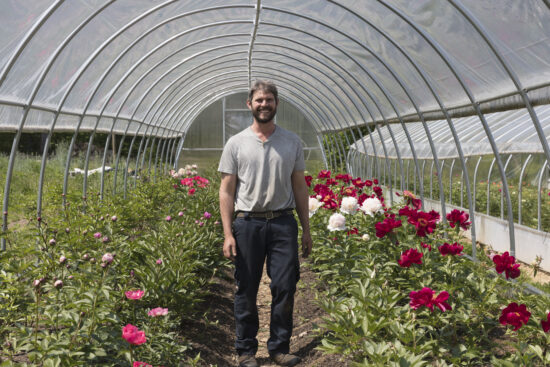
Lest the would-be orchardist be discouraged by information above, allow me to introduce pawpaws (Asimina triloba) as an elegant solution to the problem of what kind of fruit tree can be grown organically and harvested reliably in Connecticut. Pawpaws are the largest fruit native to North America. Their ruggedness and versatility make them ideally suited to the backyard orchard or small-scale market grower. The fruit, which resembles a mango in shape, has a sweetness more often associated with produce native to the Southern Hemisphere.
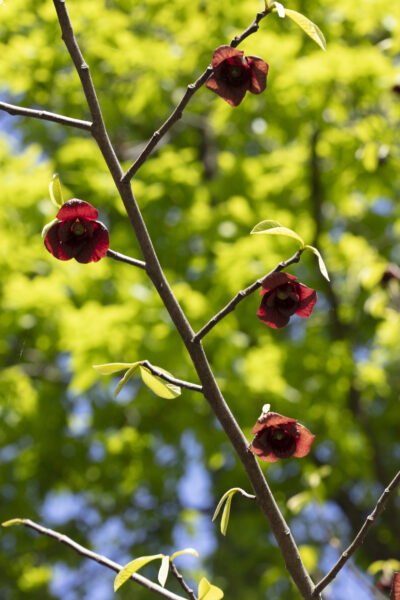
The pawpaw is the only temperate climate member of the Annonaceae family of tropical fruits that include cherimoya, soursop, and custard apple. They are found in the wild from New York west to Nebraska, and south to Florida and Texas. So, while not really a Connecticut native, they are a very near neighbor. In regard to hardiness, established trees can withstand true zone 5 winters of -20° F.
Insects and deer show a natural aversion to pawpaws, a result of the fatty compounds called acetogenins that are produced by the trees. The compounds are found in the leaves and twigs, and are what give crushed pawpaw leaves and bark their very strong and distinct peppery smell. Though, as any Connecticut gardener knows, our deer have voracious appetites and eclectic palates. Despite the acrid taste of pawpaw leaves, I have on occasion had deer browse young trees. This, combined with the risk of deer trampling small trees, has taught me to protect vulnerable young pawpaws with chicken wire cages for the first few years.
Like many fruit trees, pawpaws take some time to reach fruit-bearing age, generally about six to eight years old. Even before they begin to produce fruit, pawpaws provide interest in the landscape with their long, slender, teardrop-shaped leaves.
Pawpaws flower in mid-May, and somewhat resemble downturned purple trillium blossoms. The petals are a beautiful shade of dark brownish purple. The unusual look of the flowers attracts an interesting gang of pollinators. Beetles and blow flies, insects associated with carrion, which the scent of pawpaw flowers mimic, are the principal ones. Don’t be put off with a vision of swarms of flies attracted to the fetid odor of flowering pawpaws. The scent is very slight and not at all disagreeable, or even discernable.
The fruit is mango-shaped and greenish-brown when ripe. Individual fruits can weigh between four ounces and one pound, and the flesh is soft and juicy. The skin always retains a slight astringency even when ripe, so this must be avoided along with the large kidney-shaped seeds. The season is late September to mid-October in Connecticut.
In my experience, the flavor varies greatly between different trees, with some rather bland, and others cloying. But the best pawpaws taste like banana custard with notes of pineapple and mango.
Curious to try a pawpaw? As with many fruit trees, they take a few years after planting to begin producing fruit. However, these days, the fruit can usually be found at specialty natural food stores and farmers markets.




